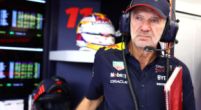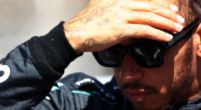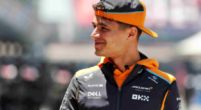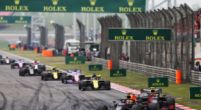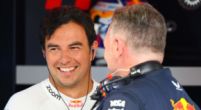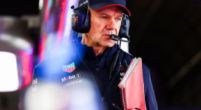F1 News

‘We don't know if Grosjeans organs could withstand it’
Romain Grosjean's crash in Bahrain is still a cause for concern. During the crash, his car sliced the crash barrier in two, which probably saved his life. But what if there had been no crash barrier?
Absorbing energy
Immediately after the crash, the crash barrier in Bahrain was replaced by concrete blocks, only to be replaced a week later by a new barrier, reinforced by tyre walls in front of the barrier. But what is actually the safest option? According to experts, all variants have advantages and disadvantages.
“The crash barrier looks catastrophic, that it splits, which it shouldn't," Alexander Wurz told Motorsport-Total.com. But according to the former Formula One driver, it also had an advantage. "The way it absorbed the energy is probably also a big factor that he was able to free himself here without [major] injuries, without losing consciousness," the president of the Grand Prix Drivers Asociation (GPDA) told Motorsport-Total.
Concrete wall
If Grosjean's crash had been against a concrete wall instead of a crash barrier, it might have been much worse. "If there's a concrete wall and he hits like that, the g-forces are so high that we don't know if his heart and organs could withstand it", Wurz said.
Sky analyst and former Formula One driver Martin Brundle agrees with Wurz. "A wall would have moved a bit, but not opened. However, the forces on impact would have been significantly higher." He, therefore, does not know if Grosjean would have survived the crash in that case. After the crash, the FIA announced an investigation, but the results have not yet been presented.
















